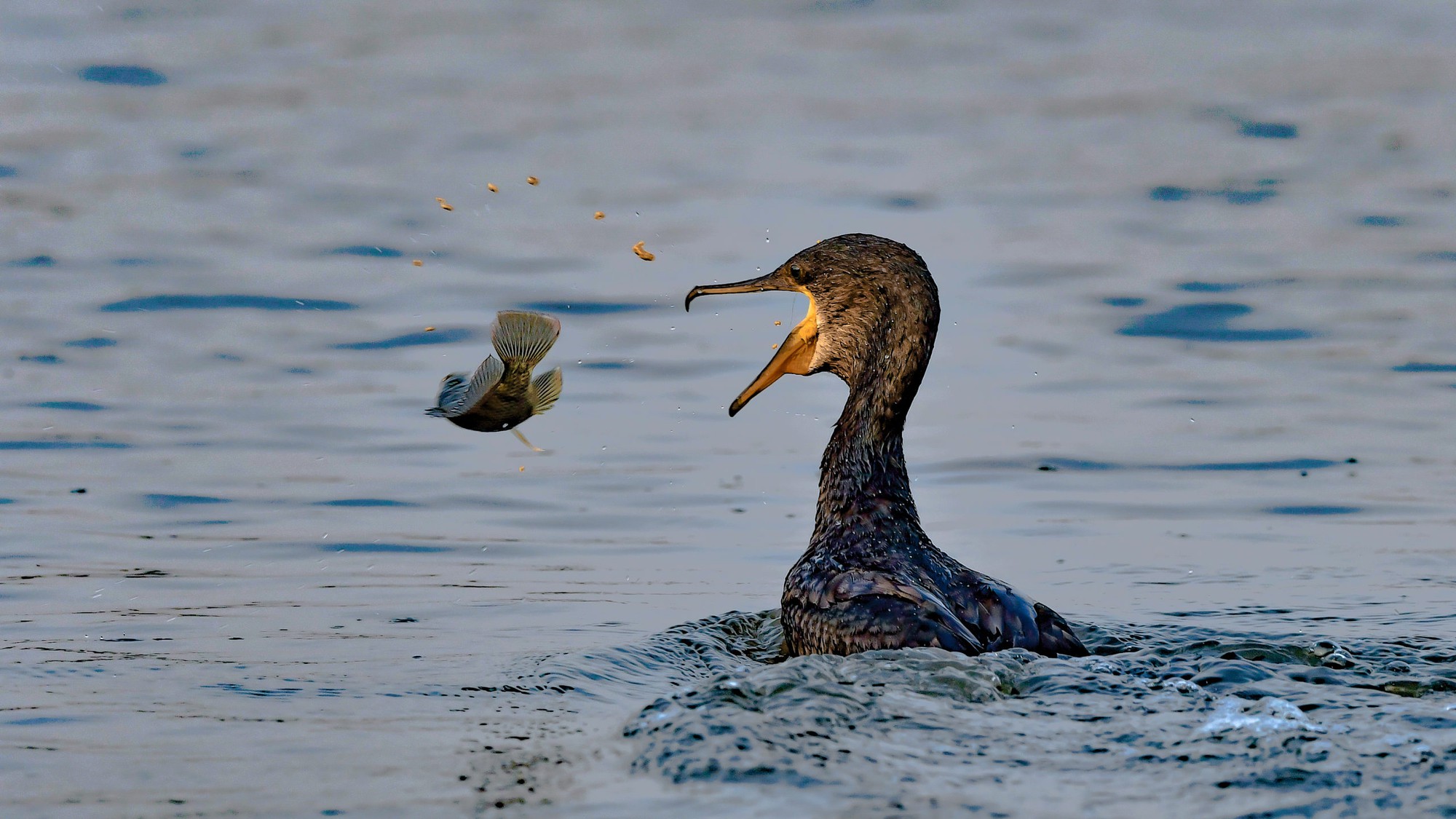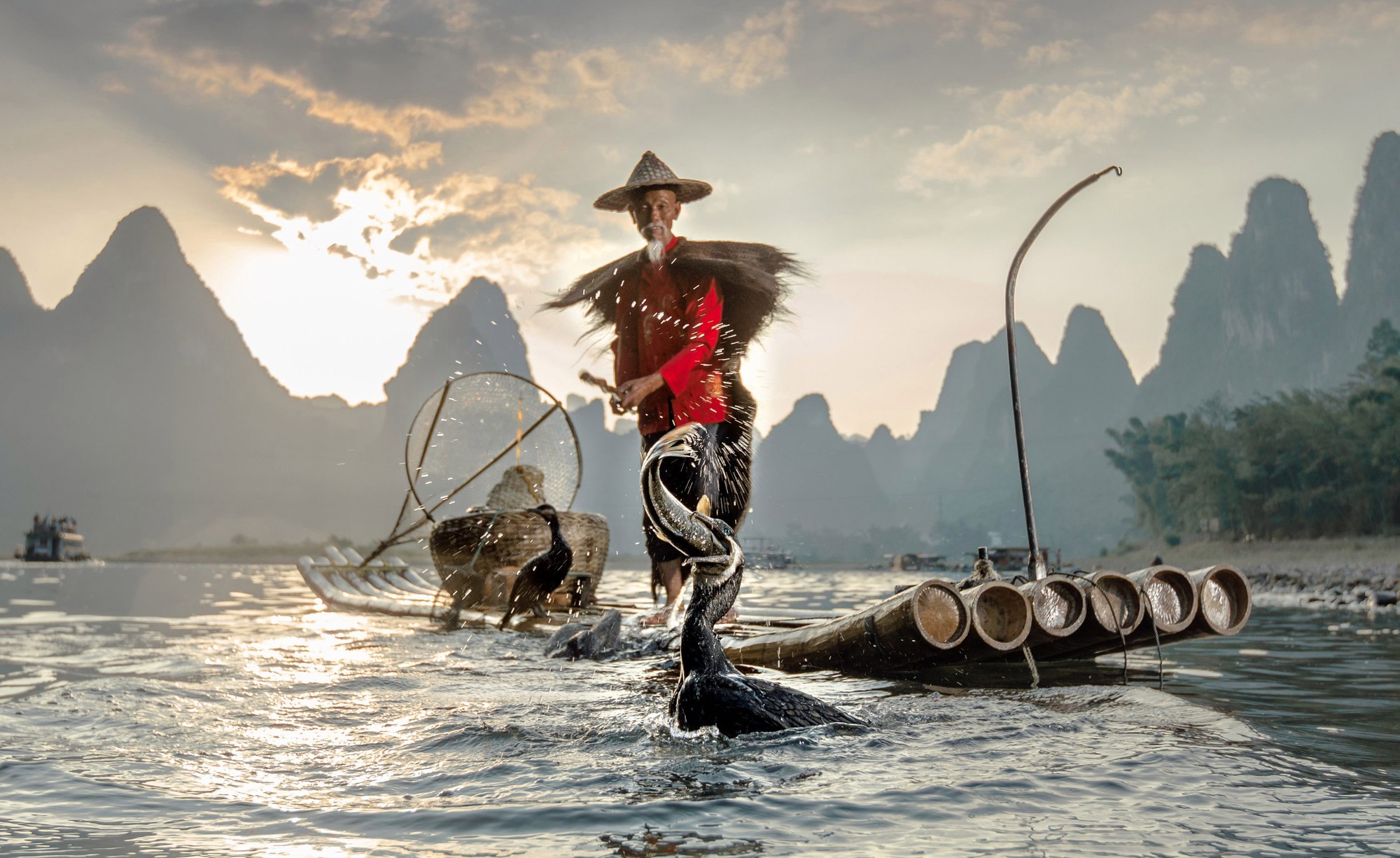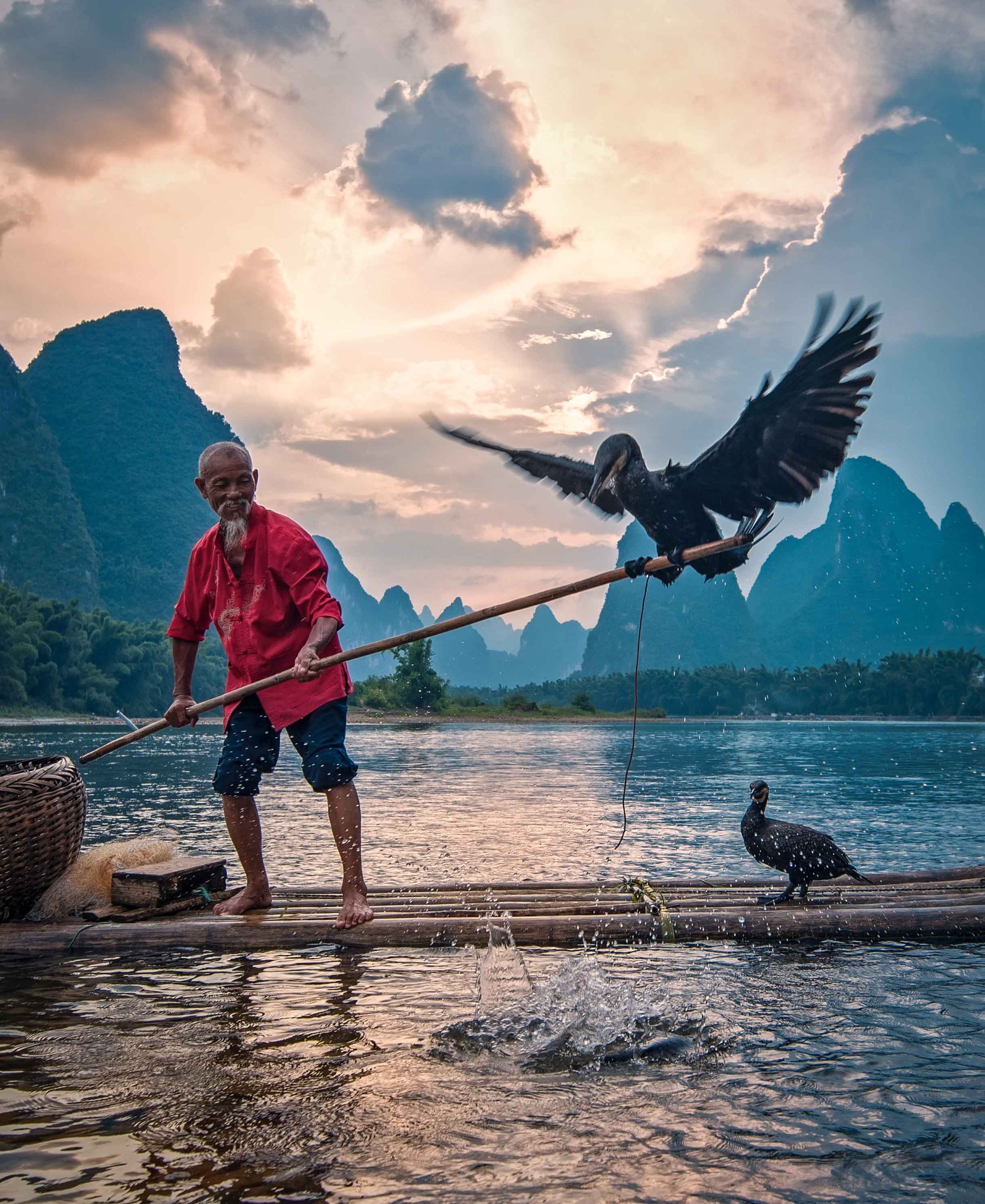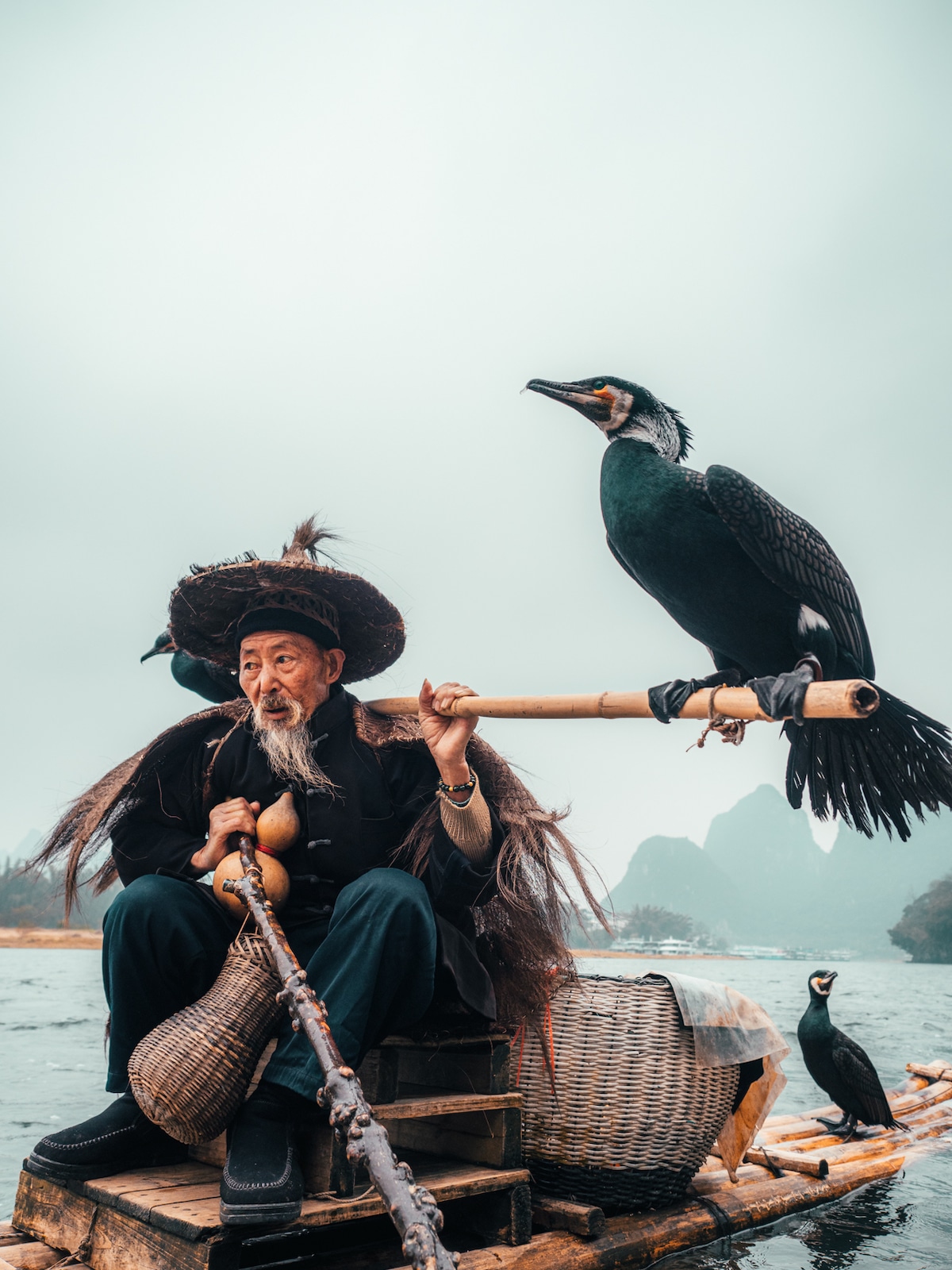Cormorants, a mysterious and unique waterbird, live in seas around the world. Dubbed the “king of fish hunters”, they are famous for their excellent hunting skills and dexterity. However, in recent years, controversy over cormorant fishing has increased, even causing a heated social discussion. Why is cormorant fishing banned?
Is it because their behavior poses a threat to fish stocks, or is it because they are a protected species? What kind of story is hidden behind all this?

Cormorants, also known as “water hunters”, are aquatic birds with unique biological characteristics. Its name comes from the Latin word “Cormorant”, meaning “black seabird”. Cormorants belong to the family Cormorantidae of the order Aves Peliciformes, there are 36 species in the world, widely distributed in coastal and inland waters of all continents in the world.
Cormorants are of average stature, about 65 to 100 cm long, with a wingspan of 100 to 160 cm. Other features include an erect neck, a sharp beak for a powerful bite, webbed feet, and dense fur. Their coat is mostly dark, usually black or dark blue, with light or white cheeks and chin. Cormorants have relatively short tails, helping them move quickly in the water.
As a type of “water hunter”, cormorants mainly eat fish and their fish-catching skills are amazing. When a cormorant spots a school of fish, it will dive into the water and use its excellent swimming ability to get closer to its target. The cormorant will then quickly sink deeper into the water, it quickly grabs a fish with its sharp beak and swallows it quickly. When cormorants hunt, they swallow fish very quickly, and can use this swallowing technique almost continuously.

To maintain buoyancy, they need to clean themselves regularly to ensure their fur stays dry and clean. To do this, the cormorant needs to stand on a sunny spot, such as a rock or branch, then spread its wings and warm up. They will carefully clean each feather with their beaks and claws to keep it clean and tidy.
The breeding habits of cormorants are also very interesting. They often choose a suitable nesting site in spring, such as a high platform, cliff or tree stump. A pair of cormorants will build a nest together and take care of their eggs and young. Each nest usually lays 2-4 eggs, incubation time is about 3-4 weeks. After the chicks are born, they are fed and cared for by their parents. After a while, they will separate from the nest.
Although cormorants are unique and beloved creatures in many places, they also face a number of threats. Because they like to forage near fishing grounds, cormorants are sometimes considered competitors by fishermen, who frequently catch the fish they want to catch. Degradation of the ecological environment and overfishing are also threats to the existence of cormorants.

Why is cormorant fishing banned?
An important reason to ban cormorant fishing is to protect aquatic resources. Fish is the main food source for many people and an important economic resource. However, cormorants are good at hunting fish and their excessive numbers can pose a serious threat to fisheries. Increased cormorant fishing could lead to declines in fish stocks, adversely affecting both fishermen and the fisheries economy. Banning cormorant fishing can effectively control their numbers and protect the sustainable development of aquatic resources.
Banning cormorant fishing is also important to protect ecological balance. Cormorants are a link in the food chain and their eating of fish maintains an important link in the ecological balance. When there are too many cormorants, they over-hunt and disrupt the ecological balance. Banning cormorant fishing can avoid damage to the ecosystem and protect the habitat of other species.

Cormorant fishing will also have a certain impact on the aquatic environment. Large amounts of feces produced by cormorants can pollute water and have a negative impact on water quality. Cormorants often congregate in specific locations, such as fishing grounds or lakes, where water quality is susceptible to cormorant contamination. Banning cormorant fishing can reduce water pollution levels and protect the health of aquatic ecosystems.
Banning cormorant fishing can also protect human interests and safety. Cormorants often form large groups when fishing and they can cause disturbance to nearby fishermen and boats. When cormorants hunt fish underwater, they will make a lot of waves and flapping sounds, not only scaring the fish but also hindering fishing activities. Large-scale cormorant flocks easily cause disease transmission and pose a potential risk to human health. Banning cormorant fishing can maintain the normal operation of fisheries and human safety.





